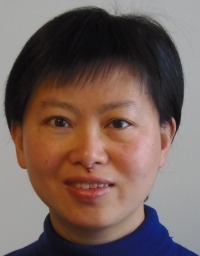Dr. Zou’s paper rated Top Three Most Read

Congratulations to Dr. Ping Zou, assistant professor in the School of Nursing, whose paper has been rated as Top Three Most Read Articles of 2016 and 2017 by the American Journal of Chinese Medicine.
The paper,Traditional Chinese Medicine, Food Therapy and Hypertension Control: A Narrative Review of Chinese Literature, is available to read, here.
Below is an abstract on Dr. Zou’s paper.
Despite the lack of English literature about Traditional Chinese Medicine (TCM) food therapy, there is abundant Chinese literature about the application of food therapy for hypertension control. This paper summarizes basic concepts of TCM, the principles of food therapy and its application for hypertension control according to Chinese literature. In TCM, food is conceptualized according to both nutritional and functional aspects, and can be used to treat illnesses. Four principles of TCM food therapy including light eating, balancing the "hot" and "cold" nature of food, the harmony of the five flavors of food, and consistency between dietary intake and different health conditions, can be used to facilitate hypertension control. Based on a statistical analysis of antihypertensive foods recommended in 20 books on the application of food therapy for hypertension control, the 38 most frequently recommended are celery, tomato, banana, hawthorn, garlic, onion, seaweed, apple, corn, green beans, persimmon, laver, kiwi, watermelon, eggplant, carrots, mushroom, peanut, soy products, sea cucumber, buckwheat, garland chrysanthemum, spinach, honey, dairy products, vinegar, black fungus, jellyfish, green onion, shepherd's purse, soybean, potato, pear, winter melon, bitter melon, oat, pea, and tea. Food therapy emphasizes the therapeutic effects of food, considering its nature, taste, and function on human balanced health, which leads to optimal blood pressure control. Current literature suggests that food therapy is effective in blood pressure control and can be incorporated into blood pressure self-management in the Chinese population.
